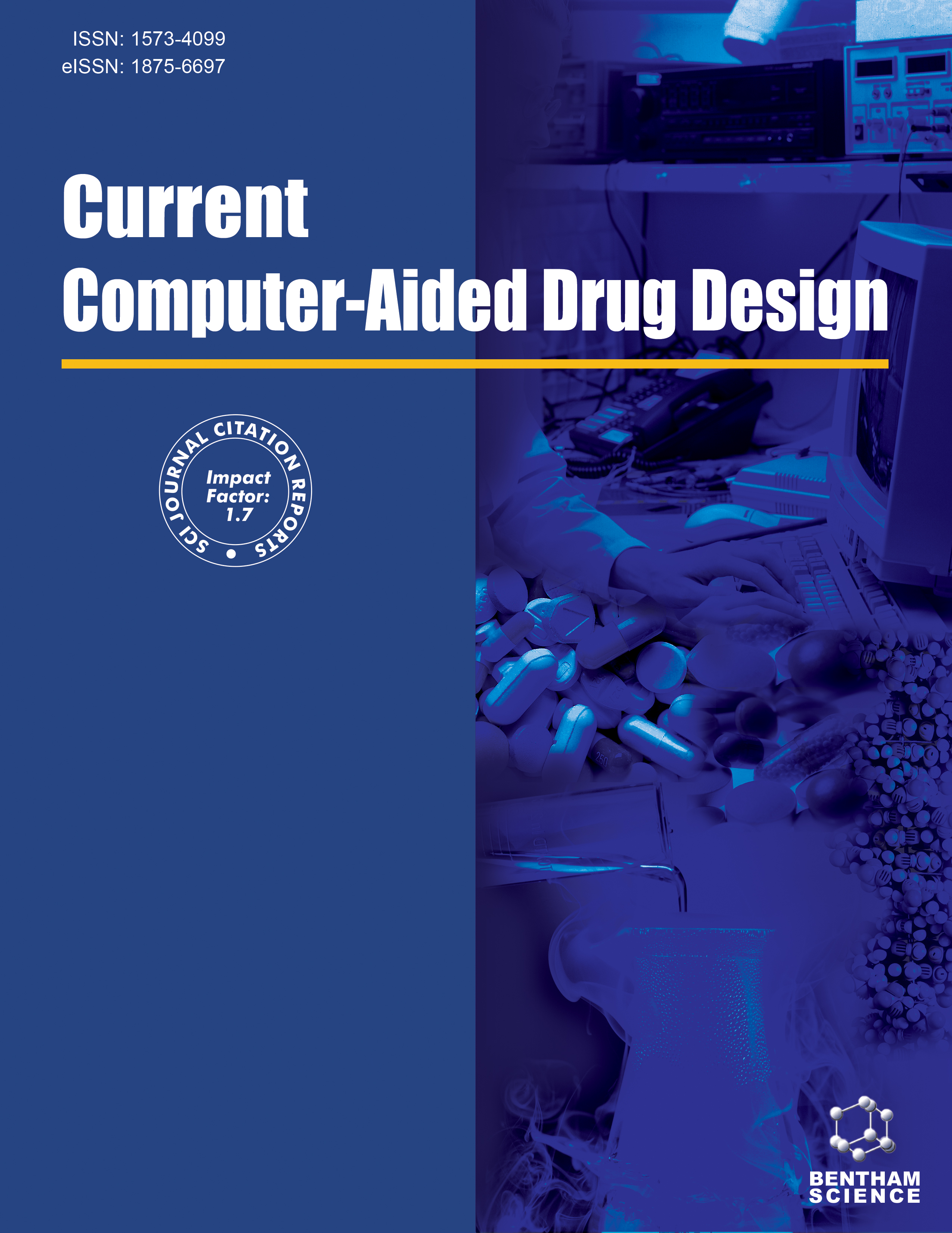-
oa Molecular Mechanism of Caulis Spatholobi in the Treatment of Chronic Myeloid Leukemia based on Network Pharmacology and Experimental Verification
- Source: Current Computer - Aided Drug Design, Volume 20, Issue 1, Jan 2024, p. 49 - 59
-
- 21 Jul 2022
- 20 Feb 2023
- 01 Jan 2024
Abstract
Caulis Spatholobi is one of the necessary Chinese herbal medicines for hematologists in the treatment of malignant tumors, but its potential targets and molecular mechanisms need further exploration.
This study aimed to predict the relevant targets of the treatment of chronic myeloid leukemia (CML) with Caulis Spatholobi by applying the network pharmacology method, and in vitro cell experiments were conducted to verify the mechanism of Caulis Spatholobi in the treatment of CML.
TCMSP, ETCM, Genecards, and GisGeNET databases were used to obtain relevant targets of Caulis Spatholobi in the treatment of CML. Go and KEGG analyses were performed using the David database. Using Cytoscape 3.7.2, the “active compounds-targets-pathways” network was constructed. Further validation was carried out by pharmacological experiments in vitro. The proliferation and apoptosis of K562 cells were observed by the MTT method and Hoechst 33242 fluorescence staining method. The predicted targets and their related signal pathways were verified by western blotting.
In this study, 18 active compounds and 43 potential targets were obtained. The results of the MTT method showed that compared with the normal control group, 62.5-500 μg/mL alcohol extract of Caulis Spatholobi had an obvious inhibitory effect on K562 and the IC50 value was less than 100 μg/mL. The Hoechst 33242 fluorescence staining method showed that the alcohol extract of Caulis Spatholobi could promote apoptosis. The results of western blotting showed that compared with the normal control group, the expressions of Bax and Caspase-3 proteins in the 62.5 and 125 μg/mL alcohol extract of Caulis Spatholobi groups were significantly up-regulated (p < 0.05). The expression of Bcl-2 in the 125 μg/mL alcohol extract of the Caulis Spatholobi group was significantly down-regulated (p < 0.01), and the expression of Bcl-2 in the 62.5 and 31.25 μg/mL alcohol extract of Caulis Spatholobi groups was also significantly down-regulated (p < 0.05). It showed that the ethanol extract of Caulis Spatholobus could promote apoptosis by up-regulating the expression of Bax and caspase-3 and down-regulating the expression of the Bcl-2 protein.
The treatment of Caulis Spatholobi for CML has the characteristics of multi-targets and multi-pathways. The results of in vitro pharmacological experiments demonstrated that its mechanism of action might be based on the expression of key target proteins, such as Caspase-3, Bcl-2, and Bax, thereby inhibiting cell proliferation and promoting cell apoptosis, which provides a scientific basis for the treatment of CML.


